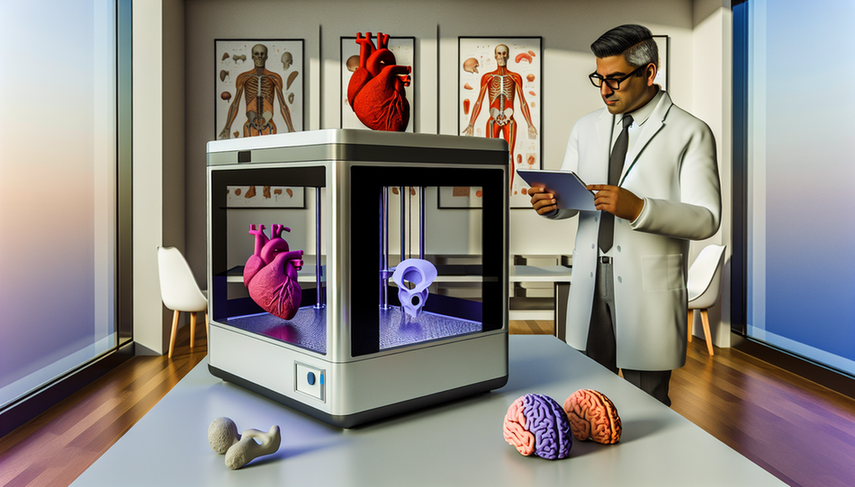3D Printing in Medicine: Anatomical Models for Personalized Diagnosis and Surgical Planning

The 3D printing in medicine has emerged as a revolutionary tool that is transforming the way we approach personalized diagnosis and surgical planning. This technology allows for the creation of precise and personalized anatomical models, providing physicians with a tangible representation of the patient's anatomy that can be crucial for planning complex procedures.
Diving Deeper into 3D Printing for Medicine
The ability of 3D printing to produce detailed anatomical models has proven invaluable across various medical specialties. For instance, in the field of orthopedic surgery, it has been used to create bone models that allow surgeons to practice and plan procedures before the actual intervention, thereby improving accuracy and reducing surgical time [1]. In cardiovascular surgery, 3D printed models have facilitated the understanding of the complex anatomy of the heart, enabling better preoperative planning and reducing surgical risks [2].
Moreover, 3D printing has proven to be an effective tool for communication between physicians and patients. In a study on trimalleolar fractures, it was observed that 3D printed models significantly improved communication between the doctor and the patient, increasing patient satisfaction and reducing operative time [3]. Similarly, in the field of liver surgery, 3D printed liver models have allowed surgeons to plan complex resections with greater safety, avoiding damage to vital vascular structures [4].
Conclusions
The integration of 3D printing in medicine is redefining the standard of care in personalized diagnosis and surgical planning. The anatomical models produced through 3D printing not only enhance the accuracy and safety of surgical procedures but also facilitate medical education and communication with patients. As technology continues to advance, we are likely to see even broader adoption of these tools across various areas of medicine, thereby improving clinical outcomes and patient experience.
References
- [1] Comparative study of biomodels manufactured using 3D printing techniques for surgical planning and medical training.
- [2] 3D Printing for Cardiovascular Surgery and Intervention: A Review Article.
- [3] Application of 3D Printing in the Surgical Planning of Trimalleolar Fracture and Doctor-Patient Communication.
- [4] 3D printing of self-healing personalized liver models for surgical training and preoperative planning.
Created 23/1/2025
